Report this entry
More from the same community-collection
From Mexico to the United States
1915: Grandfather Trinidad Holguin is standing in middle of his ...
Gender Equity Specialists in TX circa 1992
Eva Ross with gender equity specialists in Austin TX circa 1992
Children of George Antoine, taken in Clarksville, TX
Children of George Antoine, taken in Clarksville, TX
Bea ANTOINE, Bernadine Arnold Antone, Waco, TX, 1990
Bernadine Antone visited her husband's relative in Waco, TX, ...
Young couple @ Ardovino's Desert Crossing, Fall 2022
MJR and girlfriend after burial of Stephen J. Ross
The Life of Silent Hero - Ensign Rebecca Ann Britton
A Texas student and her teacher have been selected to ...
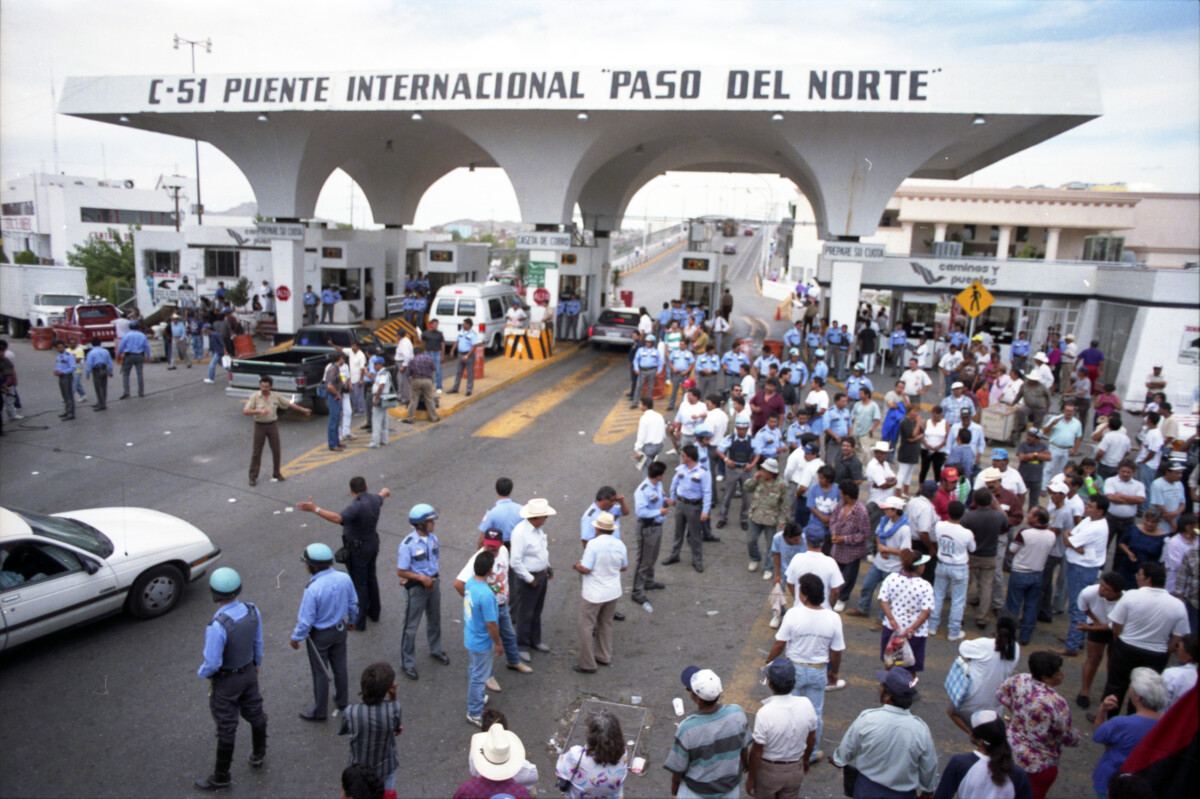
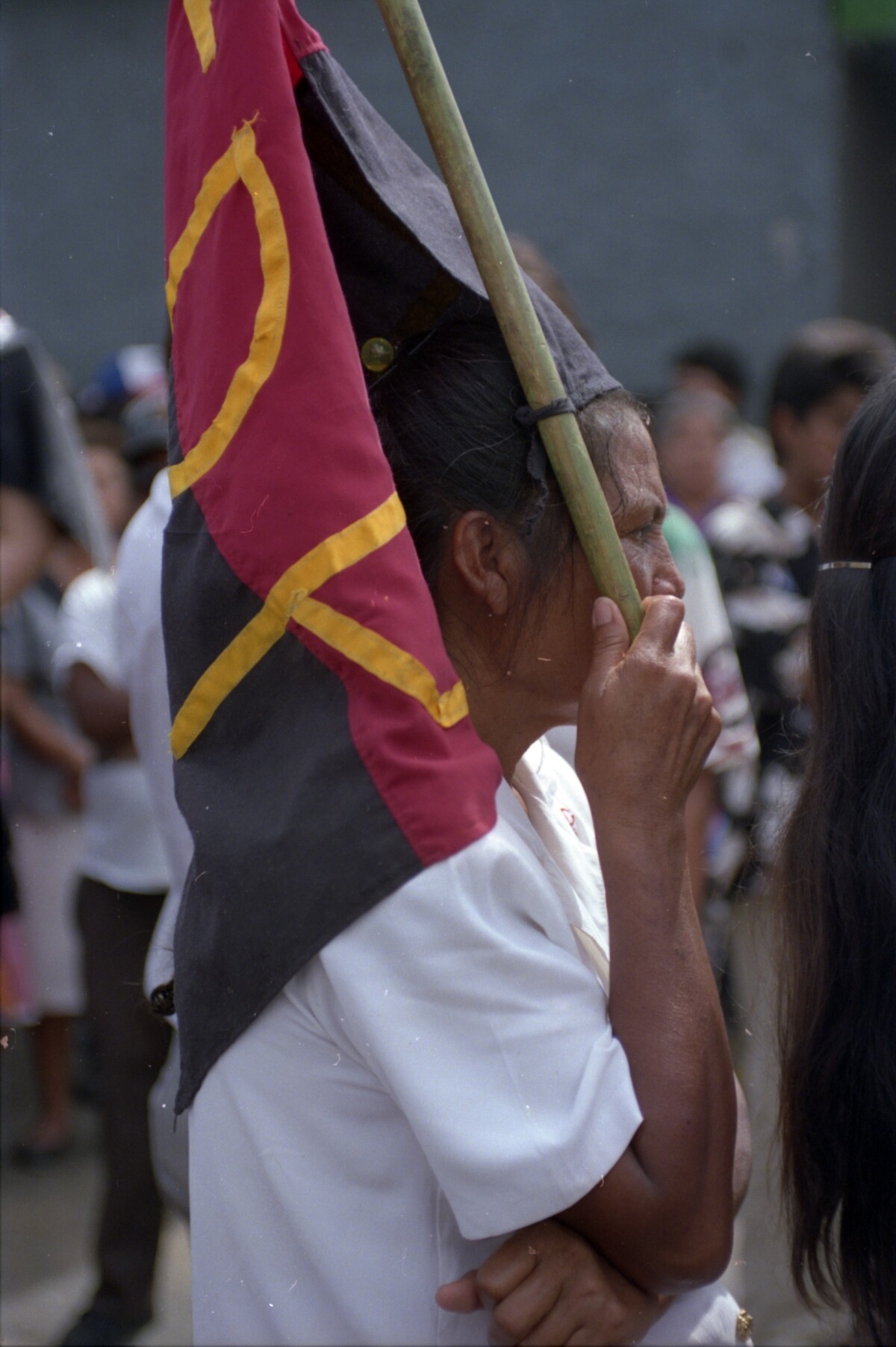

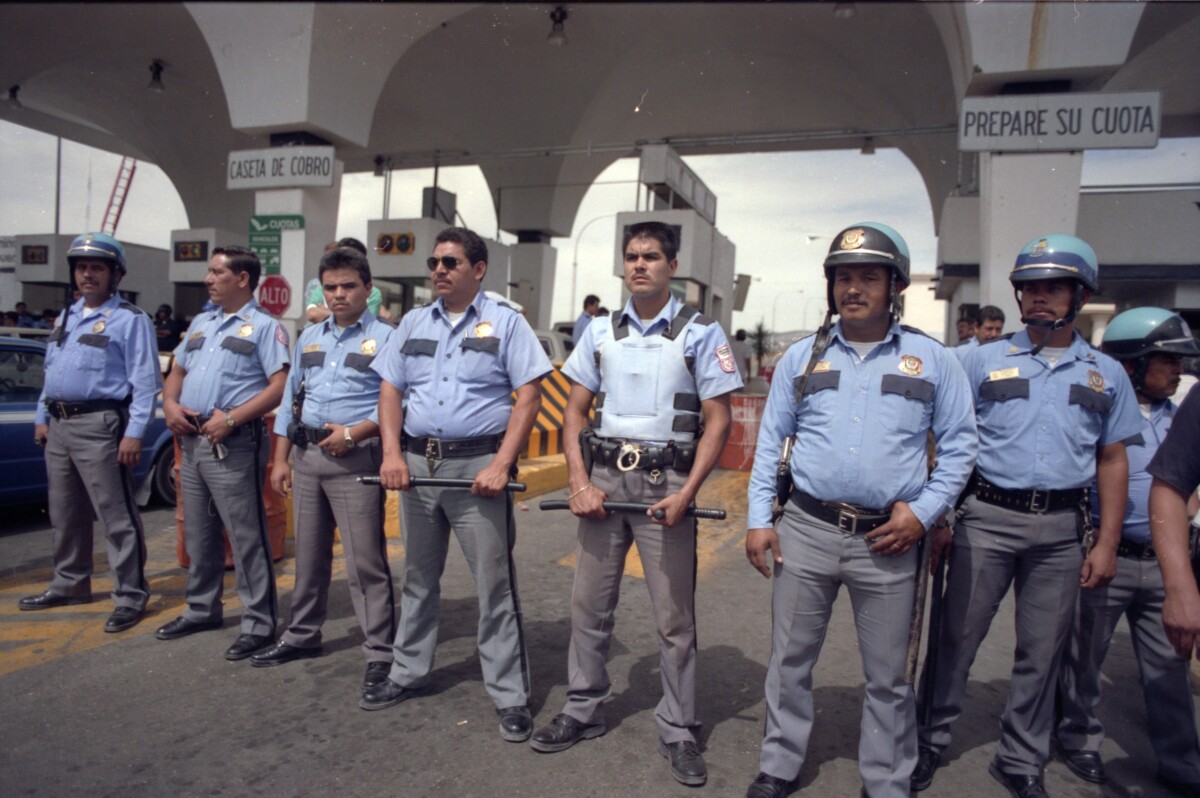
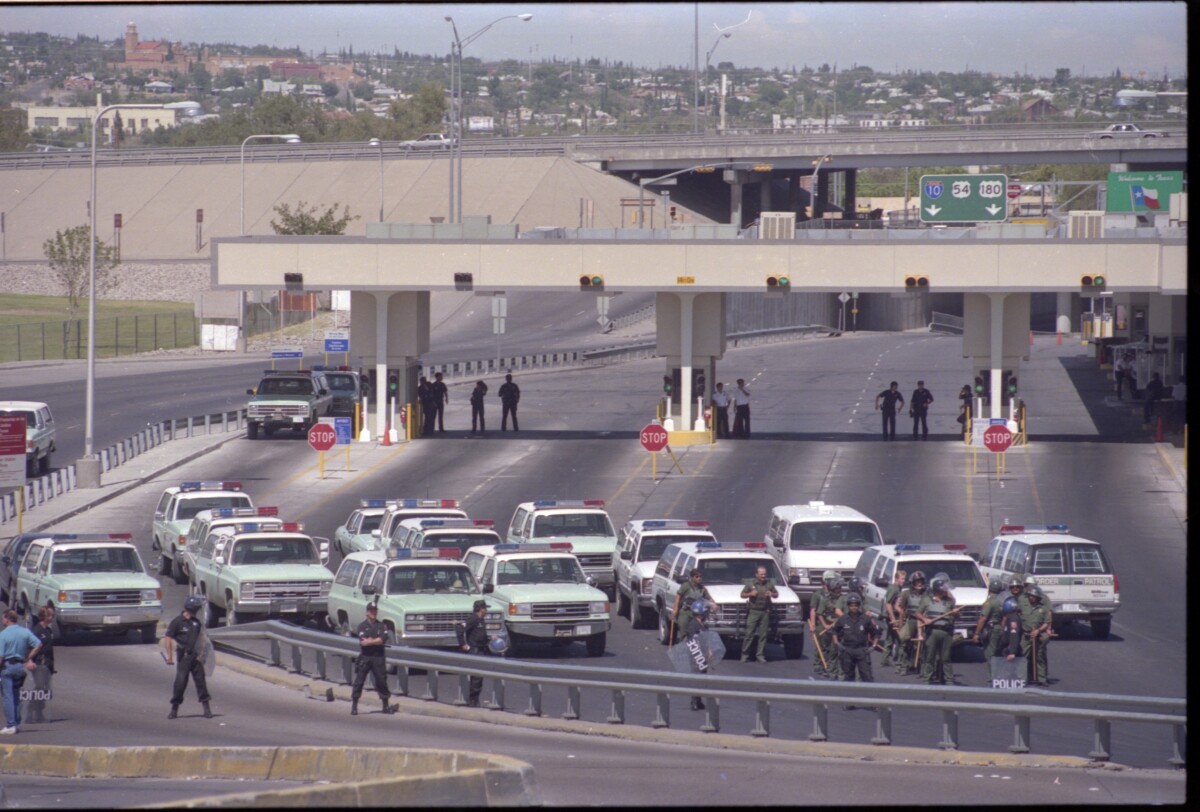

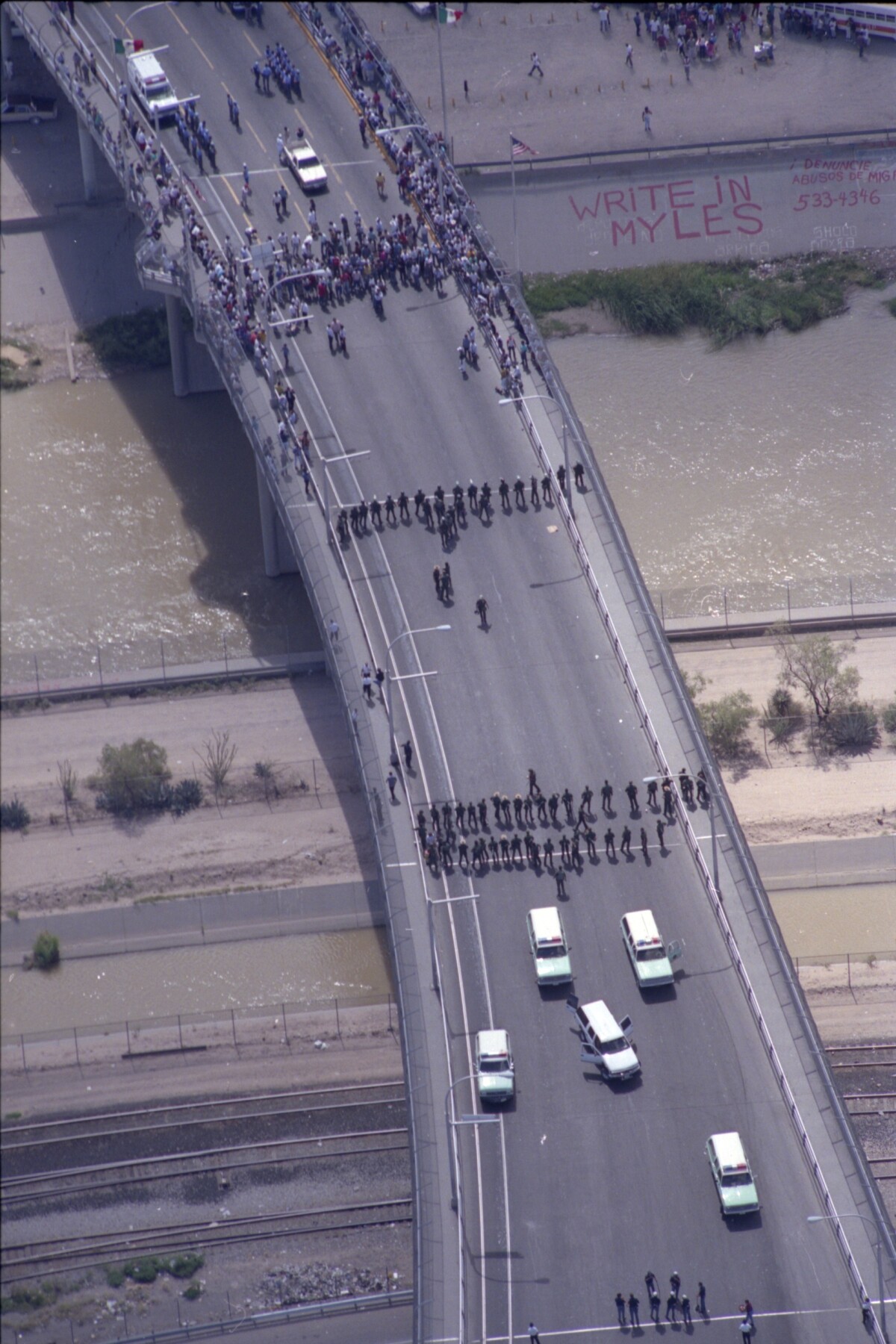
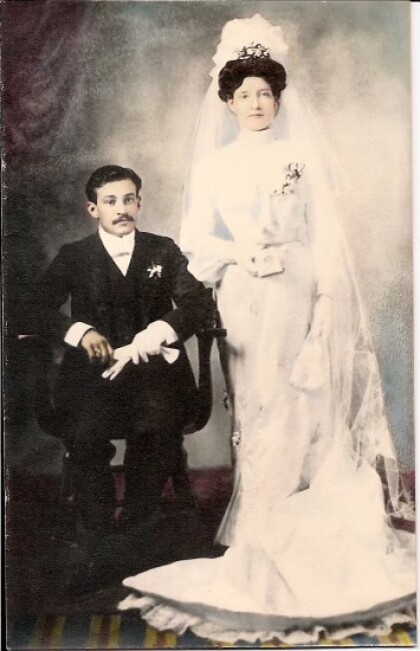
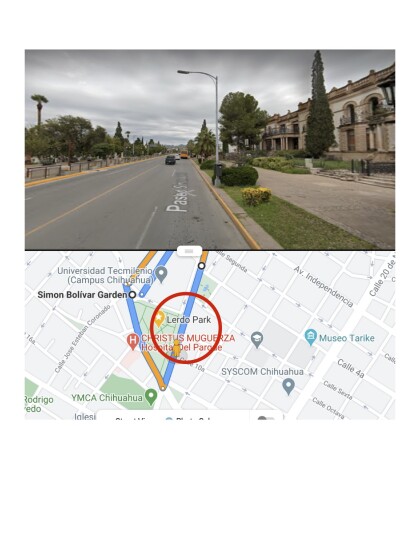
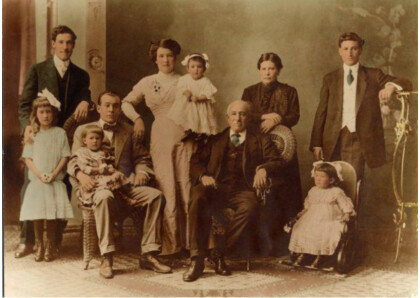
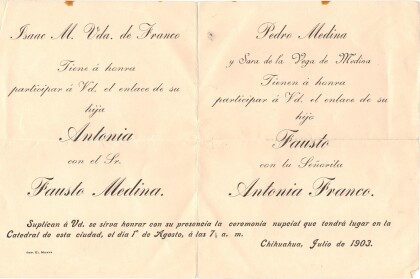

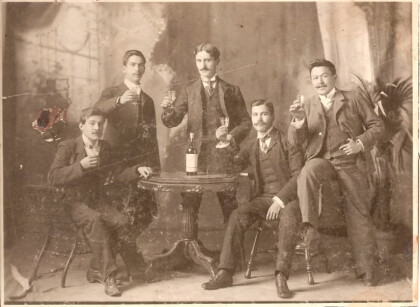
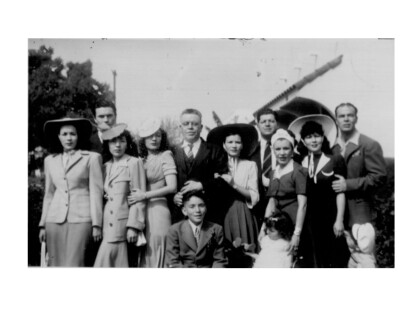
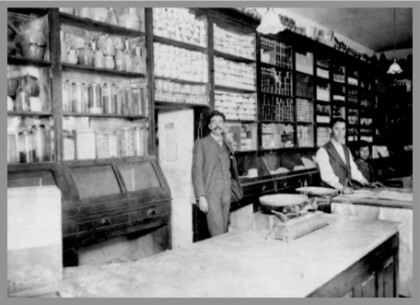
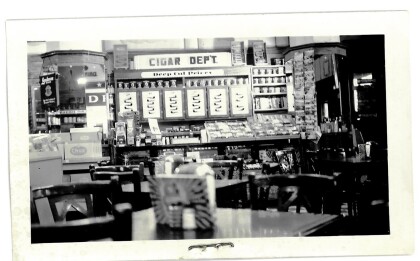


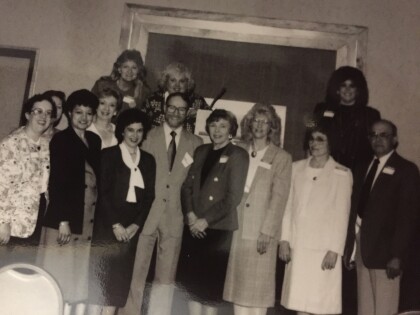
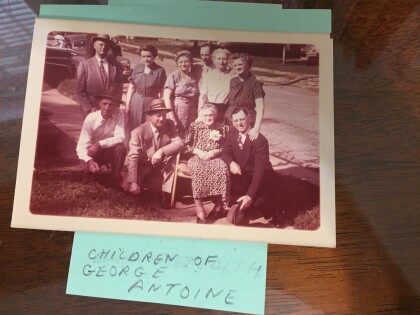

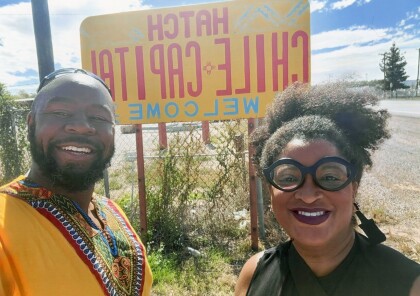

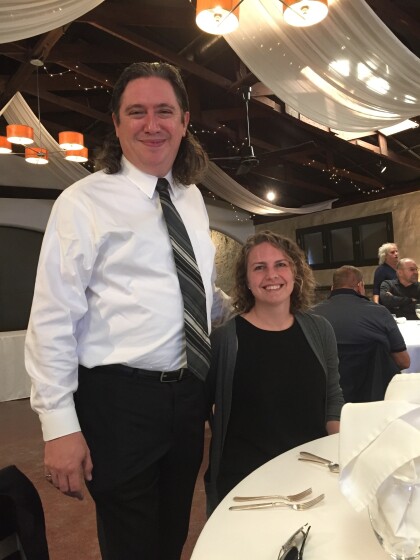
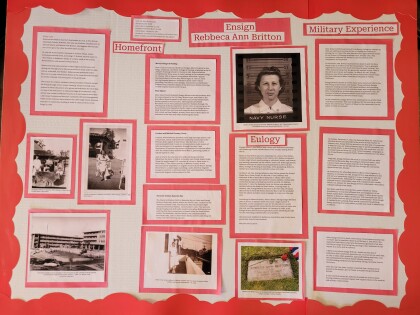
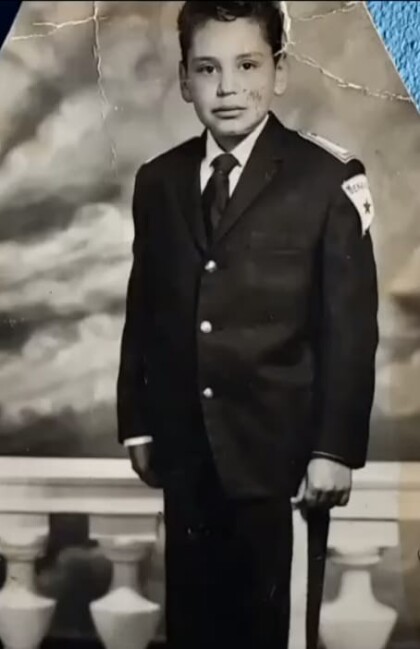
Comments
Add a comment